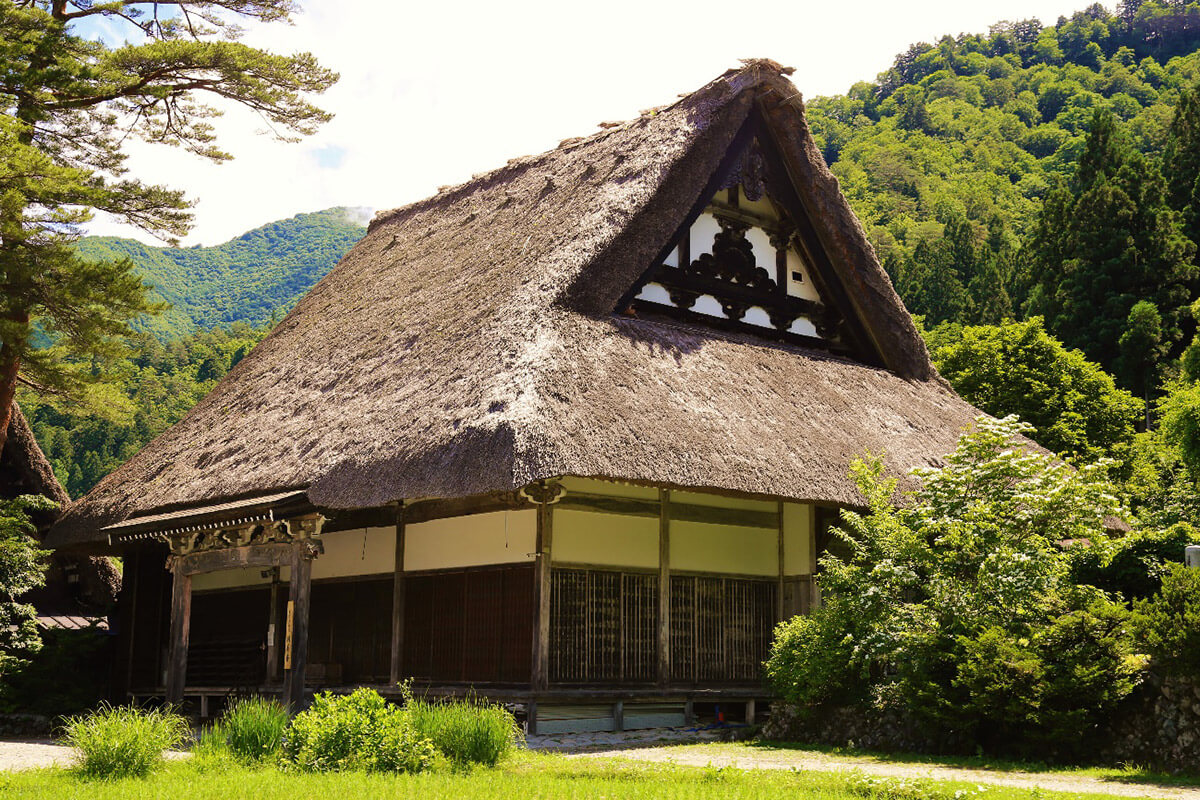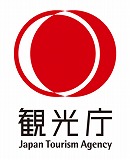最終更新日:2022年4月28日

Myozenji Temple has been the main Buddhist sanctuary in the village of Ogimachi since the temple’s establishment in 1748. It belongs to the Jodo Shinshu (True Pure Land) school, which is the dominant form of Buddhism in this area, believed to have been introduced in the thirteenth century by the itinerant priest Kanenbo Zenshun, who is said to have been a disciple of the school’s founder, Shinran (1173?1263). Myozenji’s distinctive thatched-roof main hall dates to 1827 and was constructed over a period of 20 years. Its architecture combines elements intended to evoke prestige, such as white plastered earthen walls and decorative wood carvings, with a traditional thatched roof inspired by the gassho-style farmhouses of the Sho River valley.
The hall’s interior is in the ornate style characteristic of Jodo Shinshu temples. Its central altar displays a gilded statue of the Amida Buddha, the most prominent deity in Jodo Shinshu. Above the altar doors runs the gilded openwork of a ranma transom decorated with carvings of guardian lions (shishi), angel-like celestials called tennyo, and auspicious flowers and plants. The sliding doors underneath the transom feature paintings of cranes and pine trees by Kaito Yurin (1825?1891), an artist of the Kyoto-based Shijo school, which sought to combine traditional Japanese and Chinese painting techniques with Western-influenced realism. On the wall opposite the visitors’ entrance hang portraits of Shinran and Kanenbo Zenshun, the latter depicted in front of the hall he established in the village of Hatogaya as a base for his missionary activities.
この英文解説は、2021年観光庁「地域観光資源の多言語解説整備支援事業」により整備しています。
This English description is provided by the "Multilingual Commentary Project 2021" of Japan Tourism Agency.

Description
| Name |
Myozenji Temple: Main Hall
|
| Type |
Shirakawa Village Designated Important Cultural Property (Structure)
|
| Date |
Designated on August 11, 1967 |